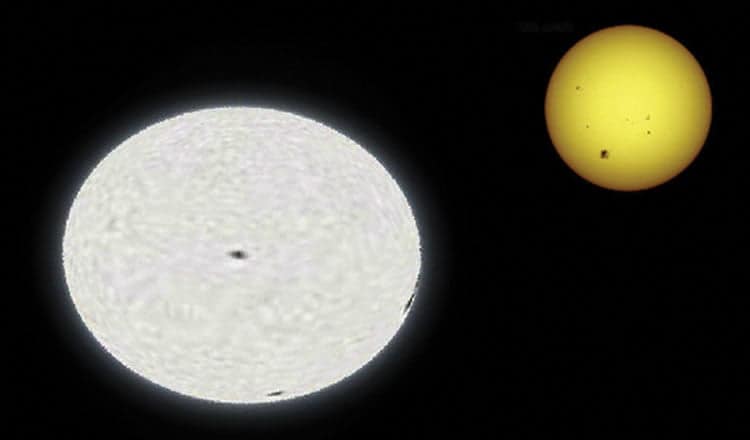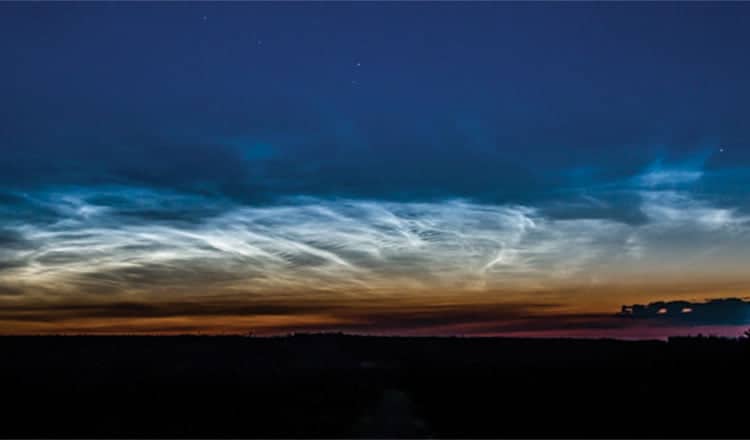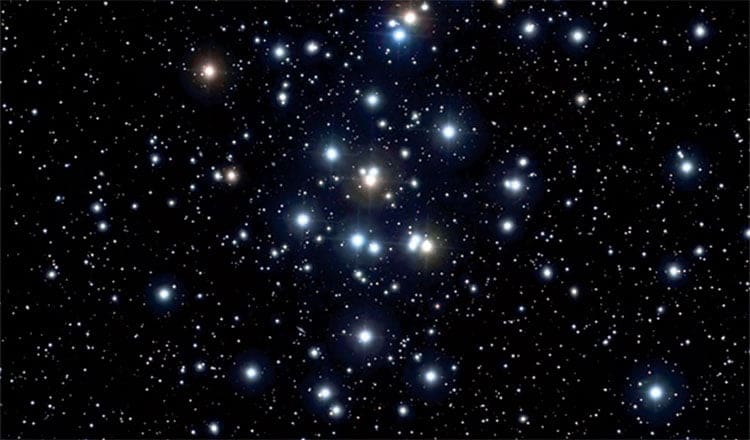The month of April is at a close and, as May begins, great changes are taking place high overhead in the amazing Yukon Night Skies.
It is a time of discovery and exploration with an endless supply of cosmic jewels that can be easily seen with a little bit of careful planning and preparation.
For amateur astronomers in the Yukon, this is a wake-up call because time is running out and summer is just around the corner. Think of it as a cosmic alarm clock, telling Yukon amateur astronomers to get the hustle on.
The first subject to tackle is the weather. This time of year is renown for very unstable weather and uncertain night skies. The best way to tackle this problem is fairly simple: check the Weather Network online and see what they have for local conditions.
Next, go to Whitehorse Clear Sky Clock and get the ultimate forecast for night sky observing. This should give you a pretty good idea of what the evening holds.
Putting your telescope and binoculars outside, even just on the front porch, right after you get home is always a good idea. Considering that it is not dark until 10 p.m. or later, you will have lots of time to get your gear acclimatized and your observing area set up.
It is a nice change to be able to set up your workspace with light and without the bitter cold temperatures of winter gnawing at you.
On the western horizon, in the early evening, you will see only the top stars of the constellation Orion as it slowly sinks into the horizon. The Pleiades star cluster also sits very low on the horizon which makes an excellent picture. Just add a foreground object like a mountain, boat or a bridge.
These are the winter’s constellations and they are soon to disappear from our night sky entirely, until next winter.
High overhead, we are observing the spring constellations like Ursa Major, Coma Berenices and Leo. These constellations are filled to the brim with galaxies and star clusters for those with the patience and a set of good star charts.
Looking to the northeastern horizon, you will see the constellations of Hercules and Lyra peeking over the horizon. These are a few of our summer constellations.
Great treasures like the Hercules Globular Cluster are now easily visible in even the most humble of 7×35 binoculars. Through a larger telescope, the view is unforgettable, like diamonds on glass, sparkling so bright.
The Ring Nebula, found in the constellation of Lyra, is also creeping higher and higher on the horizon every evening. You will need a small telescope at the least to see this celestial jewel. What an impressive view, a perfect, miniature smoke ring, just floating in space. The Ring Nebula is easily seen with a small refractor at medium power. A filter improves the view making it better again.
As for planets that are easily seen there are three.
In the evening, Saturn can be easily found in the constellation of Leo, high overhead, presenting jaw-dropping views of the ringed planet. Even with a small refractor, the rings of the planet and at least one moon are seen.
Mars is still in our night sky, showing very little in the way of detail and is quickly growing dimmer.
In the morning hours, you will find Jupiter low in the southern sky. With four moons and belts of different coloured clouds, Jupiter is still my favourite planet to observe and more than worth the effort of getting up early in the morning for a quick view.
So many celestial wonders to see and so little time. Warmer weather and the clear Yukon Night Skies offer boundless opportunities to observe the cosmos in comfort.
Do yourself a favour, get a copy of Sky News magazine, coffee, a pair of binoculars and a chair and go out and be prepared to be astounded.
Clear Skies from James “Deep Sky” Cackette.
James “Deep Sky” Cackette can be reached at [email protected]. See his photo adventures on Facebook at Yukon Night Skies.




